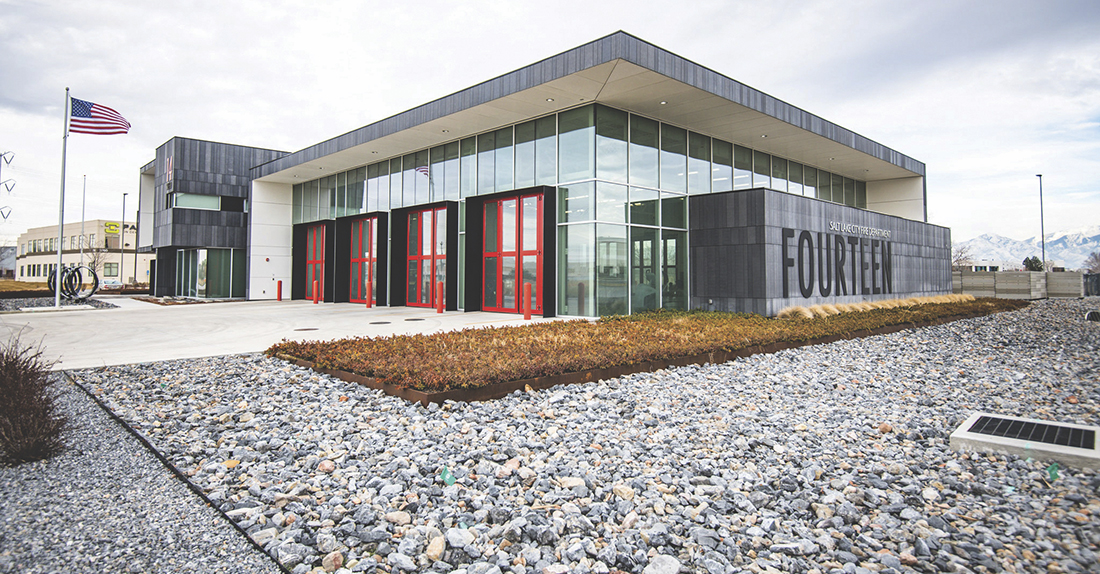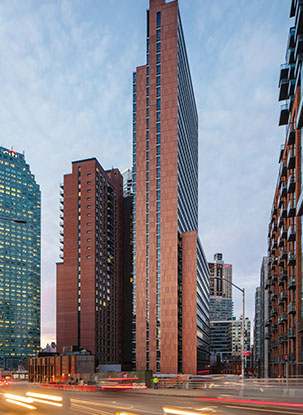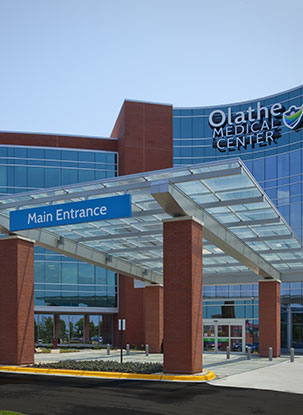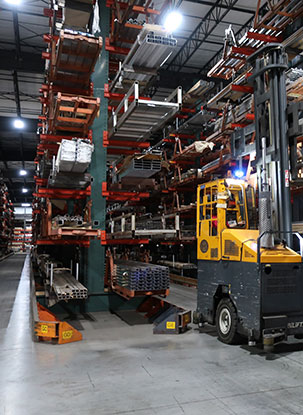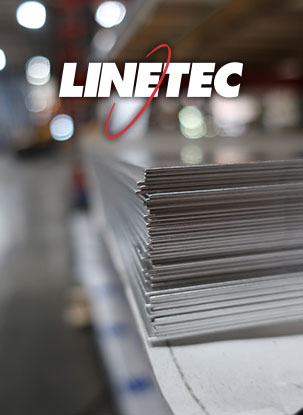With its inherent corrosion resistance, aluminum’s ability to maintain structural integrity has been documented for decades. However, after the finish has been applied to the material, there is the unfortunate chance for damage during delivery, manufacturing or installation.
While damage often happens from handling, damage during and after installation can also occur when masonry products, or the products used to clean them, come in contact with the finished aluminum and are not readily removed. Run-down, splattering, or splashing from masonry work, mortar, plaster, concrete, and the masonry washes often used on job sites can pose a serious problem to an anodized finish.
Anodized aluminum components, including curtain walls, windows, skylights, storefront, and doors installed on a building are considered “finished” products. After these products are installed, work often continues around them on other building components such as the brickwork, concrete, and roof components. It is imperative that the anodized aluminum be well-protected and safeguarded through project completion to avoid damage, as it is difficult and sometimes impossible, to repair material in the field.

A stain is generally the first indication that masonry products, or the products used to clean them, have come in direct contact with finished aluminum. The color and appearance of the stain will vary depending on the contaminant and the reaction it is having with the finish on the aluminum. Anodized aluminum stains often appear white and chalky, or translucent. If allowed to remain on the anodic surface, mortar or masonry washes will attack and compromise the anodic coating beyond repair, resulting in permanent inconsistencies in the finish.

Upon building completion, a wash is often conducted to clean the exterior of the building and remove dirt, masonry debris, and other contaminants left from the construction process. Strong cleaners and acids used for brick and masonry work should be confined to the target area, avoiding all aluminum surfaces. Chemicals strong enough to dissolve mortar spots can quickly damage aluminum finishes and possibly damage the underlying metal. Once the finish is visually affected, irreversible damage may have occurred and the discolored/damaged part may need replacement.
In the event masonry dust, mortar, or other contaminants come in contact with the anodize, every effort should be made to immediately remove them and avoid permanent damage. Once removed, the area contacted should be flushed with water using moderate pressure to dislodge all foreign soils. If soil still adheres after drying, a mild detergent may be necessary. A mild detergent or soap, safe for use on bare hands, should be employed with brushing or sponging of the aluminum using uniform pressure, cleaning first in a horizontal motion followed by a vertical motion. Thoroughly rinse the surface with clean water.
For heavy soils such as oil, wax, polish, or a similar material that must be removed, visit the anodize section of Linetec’s website for more information.
To read and print this article in its entirety, click here.
Read more about anodized material precautions and installation concerns and cleaning and maintaining your anodized finish.
